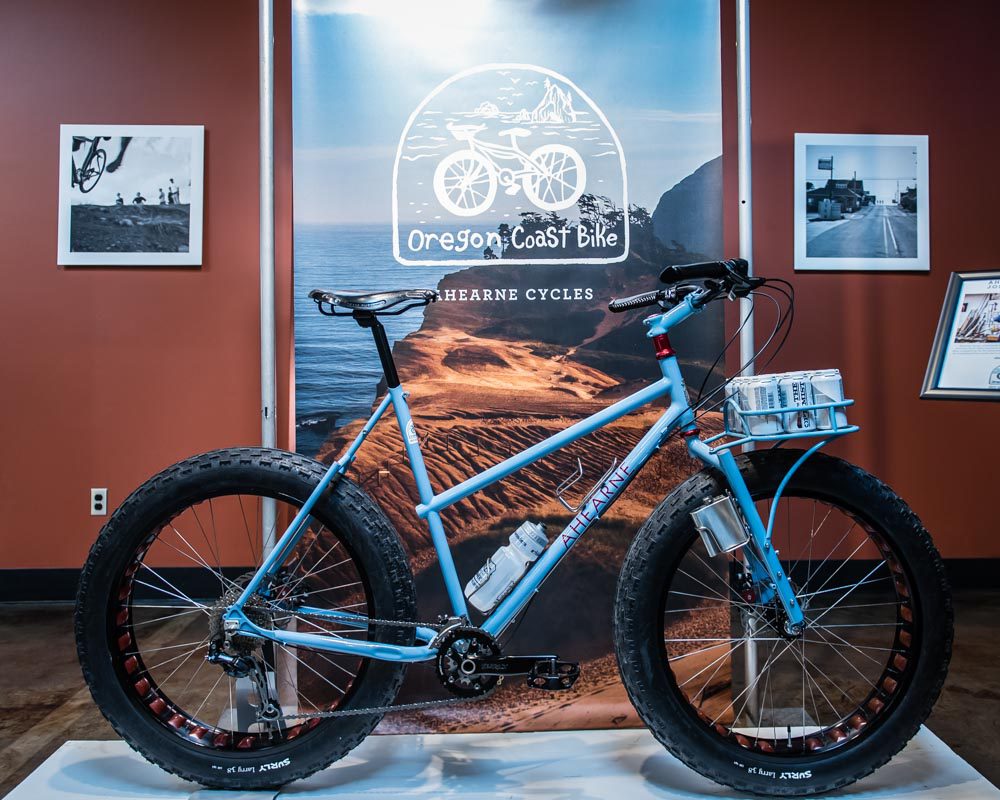Whether on the trails or in the city, Canada is seeing the rise of the fat bike, no matter what the weather
Between two very different—but equally snowy and wintry—parts of Canada, the cold-weather appeal of fat biking, something skyrocketing in popularity in this country, is evident in ways as unique as the regions in which it's been seen.

Between two very different—but equally snowy and wintry—parts of Canada, the cold-weather appeal of fat biking, something skyrocketing in popularity in this country, is evident in ways as unique as the regions in which it’s been seen.
Those regions, the CBC reported, include the East and the Prairies—places well-accustomed to winter.
In the case of the East, the focus is on New Brunswick, where cyclists have been seen braving the conditions that followed a near 40-centimetre dump of snow earlier in the week. Although that previously may have been enough to keep riders reserved and immobile, that’s not the case anymore. The trails of Kouchibouguac National Park have been alive with big, robust tires and the riders driving them, and as one local cyclist told reporters, more snow just means more opportunities to nurture a growing passion.
“The doctor told me because of a ruptured disk in my neck, that my biking was over,” said Joey Lamarre, a 50-year-old New Brunswick rider who recently took to the saddle of a fat bike. With its usefulness in the snow, he told reporters that it’s had an effect beyond simply staying active. Having recently been afflicted with a neck injury, Lamarre found a new lease on his active, never-say-never lifestyle.
“It’s actually to the point where I’m obsessed with it now,” Lamarre told the CBC, “but it’s one of those things, as you get older, I guess you could call this my mid-life crisis.”
Like the trails of Canmore, Kouchibouguac is another park that’s making accommodations for fat bikers, recognizing the unmistakable appeal of a cycling discipline for which the obstacles presented by variable terrain are barely obstacles at all. But it’s not just on the trails that these bikes are being seen. In the case of the Prairies, the streets of Regina—somewhere snow is no doubt as visible as it is on the most pristine off-road places you can find across Canada—have also seen the wide-treaded rides heavily represented lately.
According to the CBC, one local bike shop, Western Cycle Source for Sports, has noted a remarkable uptick. And there’s good reason, representatives from the shop say.
“It’s a very versatile bike. You can buy a fat bike and go across Canada or the Antarctic” said Bert Seidel. “You can also just use it as a daily commuter.” Recalling moments when he’s passed bumper-to-bumper winter traffic in the saddle of a fat bike during icy, snowy conditions, Seidel is quick to recognize the value of such a steed—even if it’s not the fastest bike on the road.
The market for such bikes, the CBC noted, is growing in the Prairies.

